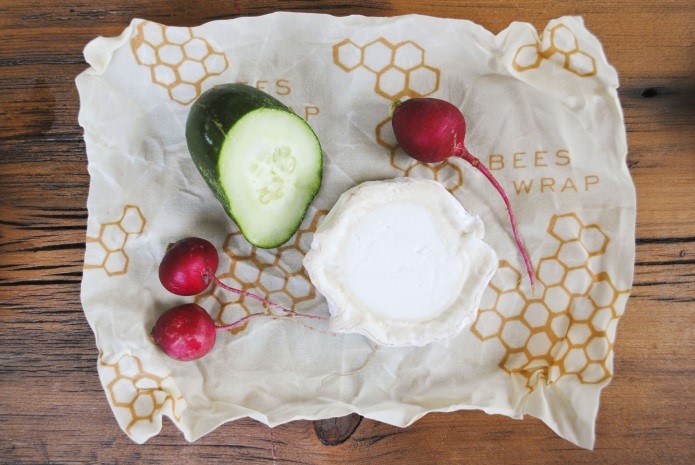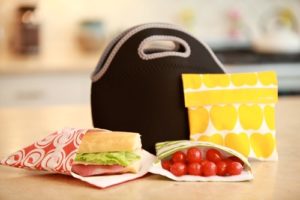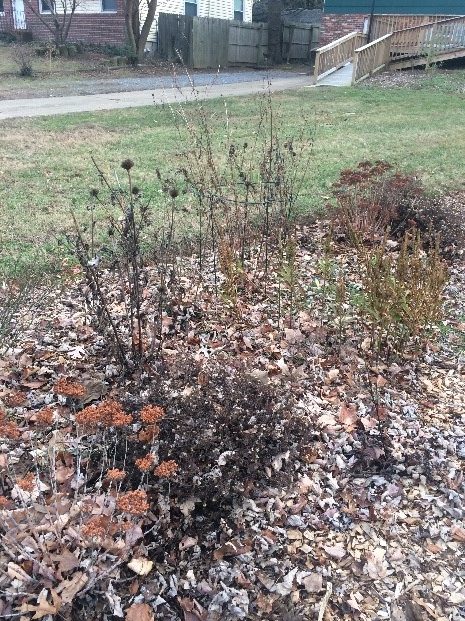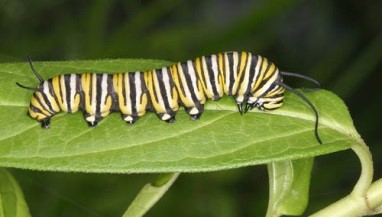
Host Plants for Butterflies
December 8, 2016
Creating Biodiversity By: Stacey Wildberger
February 2, 2017Webster defines resolution as a firm decision to do or not to do something or the action of solving a problem, dispute or contentious matter. Every year millions of us make New Year’s resolutions with the best of intentions, but most of us, me included, have failed by mid- to late-January. Lose weight. Exercise more. Be more patient. Whatever the resolution it is hard to stick to it as they are often too large or overly ambitious and they become overwhelming.
This year I have resolved to make small changes in my everyday life that I know I can manage. I have resolved to make changes that will help the environment. Switching to ecofriendly disposable plates/utensil when it is not possible to use reusable ones is one thing that was easy to change. I have found Amazon to be a great source for plates and bowls made from plant based materials as well as utensils from compostable Birchwood. I have also started using Bees Wrap (picture above) in place of plastic wrap. Santa filled our stocking with ecofriendly products such a bamboo toothbrushes and razors with replaceable blades—no more disposable plastic razors. Amazon has many ecofriendly products available with just a simple search of ecofriendly. Another excellent resource is mightynest.com. For a$10 monthly subscription they will send you an ecofriendly product once a month. I have received wool dryer balls to replace dryer sheets,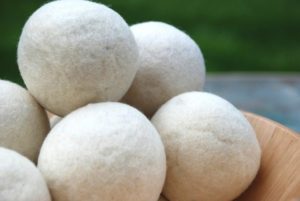
reusable snack bags for the kid’s lunches,
and the bees wrap. Eliminating or reducing the use of plastics and one time use items and switching to sustainable, renewable and reusable products is a small step we can manage. Just pick 1-2 items to make the switch and see how it goes. Remember to start small; manageable changes you can stick to.
Another way to make changes is right in our own yard and landscaping. This spring when shopping for plants consider using natives in place of ornamentals that do not benefit wildlife and pollinators. Native flora and fauna have co-evolved over millions of years together and need each other to thrive. Native shrubs offer nesting and food sources for birds, while herbaceous plants are nectar sources, host plants and even shelter for our pollinators. Your yard does not have to be 100% native but strive to add more natives and reduce your lawn.
A resolution can also be a call to action to solve a problem. Get involved in a local group –I recommend Cape Conservation Corps (CCC) that is making a difference in your community. Come out and support our restoration efforts by volunteering with us on our upcoming projects. Become a member or make an online donation—all of our projects require financial support.
There are many things we can do as individuals that can have a positive effect on the environment. I would love to hear what step you have taken or plan on taking to reduce waste. Please go to Cape Conservation Corps Facebook page and post your ideas. Resolve to part of the solution.


